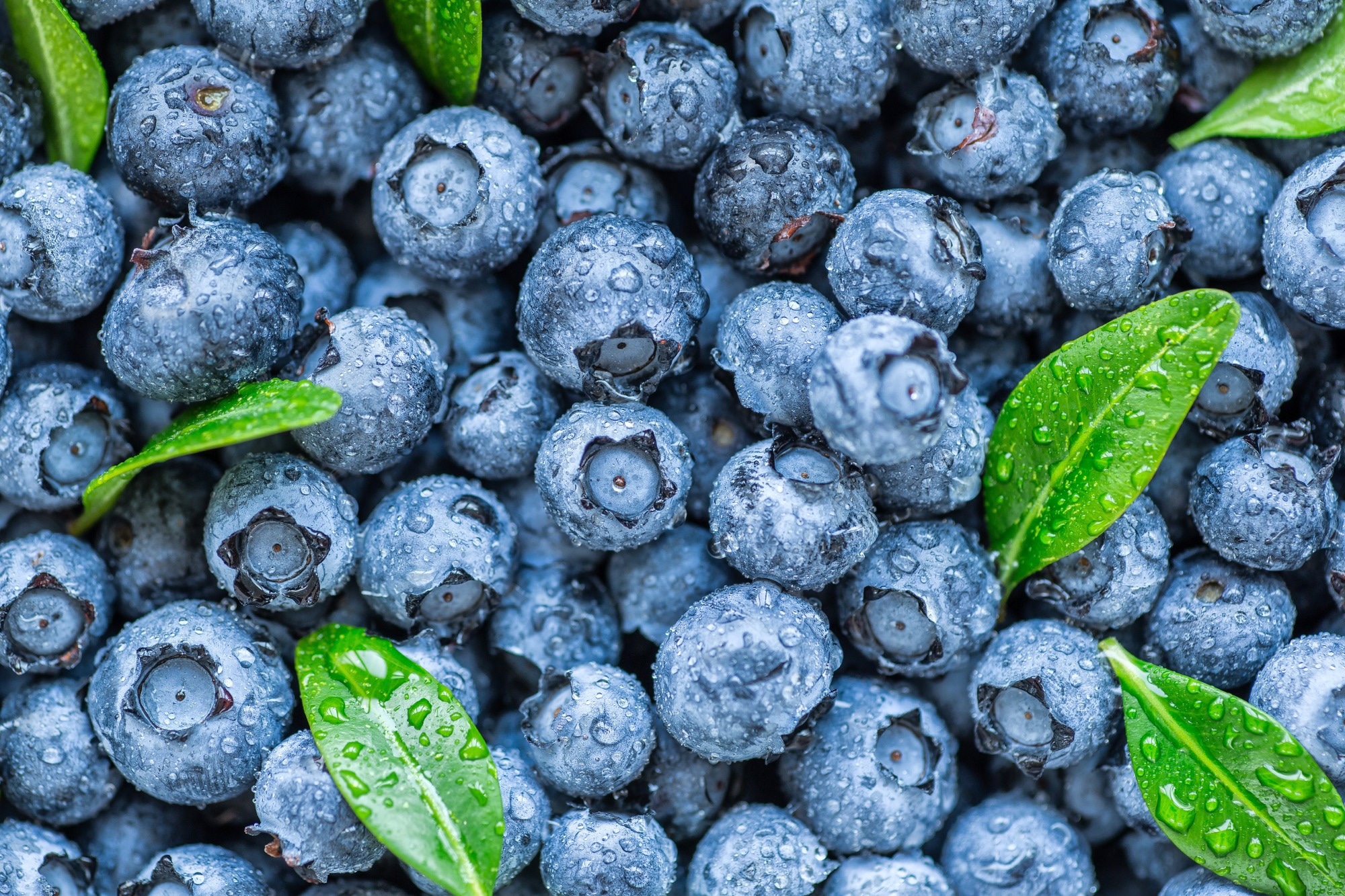A study published in the Foods Journal finds that some preharvest and postharvest factors may influence the quality of blueberries. However, blueberries' phenolic content and antioxidant properties, the phenolic content and antioxidant property of blueberries remain within the expected range at the time of purchase.
 Study: Are the Blueberries We Buy Good Quality? Comparative Study of Berries Purchased from Different Outlets. Image Credit: BukhtaYurii/Shutterstock.com
Study: Are the Blueberries We Buy Good Quality? Comparative Study of Berries Purchased from Different Outlets. Image Credit: BukhtaYurii/Shutterstock.com
Background
Blueberries are enriched with many phytochemicals, including phenolic compounds. This fruit is considered a “superfood” as its bioactive compounds have many health benefits, including antioxidant, anti-inflammatory, and vasoprotective effects. These nutritional and health benefits make blueberries a high-demanding fruit globally.
Blueberries are the second most valued berries in the United States after strawberries. About 52% induction in blueberry production has been observed over the last five years.
Fruit softening is caused by various factors, including fungal growth, and can significantly reduce the nutritional quality of blueberries. This is a vital aspect to consider while marketing blueberries. However, not enough information is available about the quality of blueberries at retail markets.
In the current study, scientists have assessed various quality parameters (firmness, flavonoid content, and fungal contamination) of blueberries collected from ten different retail markets on the same day.
Study design
Blueberries collected from ten marketplaces were randomly divided into three sets as biological replicates. Each set included 136 pooled blueberries. About 40 and 36 blueberries from each set were assessed for quality and mechanical properties, respectively.
Furthermore, total phenolic and anthocyanin content, antioxidant activity, and fungal growth of collected blueberries were assessed in the study.
Blueberries produced in cultivation by selective breeding (cultivars) were separately analyzed to identify and quantify phenolic compounds.
Quality assessment
A high-sugar content and a high acidity are essential for good-tasting blueberries. Blueberries with a soluble solid content and titratable acid (SSC/TA) ratio of 10 – 33 and a pH of 2.2 – 4.2 are considered good commercial quality. The SSC/TA ratio is an indicator of the fruit maturity index.
The SSC/TA ratio calculation indicated that blueberries collected from ten different markets have an overall low maturity index.
Mechanical properties
The maturity stages of blueberries can be differentiated based on their mechanical properties. This study used a penetration test to calculate various mechanical properties, including maximum skin-breaking force, displacement at skin breaking, slope at skin breaking, and skin-breaking work. In addition, the equatorial diameter of each blueberry was determined.
The findings revealed that blueberries with the highest maturity index have the lowest values of tested mechanical properties. It has been previously observed that the reduced mechanical property of a fruit is an indicator of the ripening process.
However, the scientists could not conclude based on mechanical property assessment because blueberries analyzed in this study had different maturity indexes, with half below the recommended quality requirements.
Fungal growth
The initial blueberries analysis showed no visible signs of fungal contamination. Further sequencing analysis identified five fungal species in the tested samples. However, there were variations in species-specific contaminations between tested samples.
Total phenolic and anthocyanin content
The total phenolic content of tested blueberries ranged from 61.9 to 177.9 mg of gallic acid equivalents per 100 g of fresh weight, which was lower than previously reported. In this context, evidence indicates that total phenolic content of fruits may reduce during post-harvest storage.
The total anthocyanin content of tested blueberries ranged from 25.6 to 56.6 mg of cyanidin-3-glucoside per 100 g of fresh weight.
Previous evidence indicates that total anthocyanin content exhibits high variations between blueberry cultivars and that the main reasons for these variations are genotypes and environmental growing conditions.
Antioxidant activity
The antioxidant activity of blueberries was measured by ABTS and FRAP methods. The ABTS method showed a wide variation in activity, ranging from 16.65 to 40.96 µmol Trolox equivalents/gm of fresh weight.
The FRAP method-derived results ranged from 13.22 to 27.38 µmol Trolox equivalents/gm of fresh weight. A significant correlation in antioxidant activity was observed between the two methods.
A significant correlation was also observed between antioxidant activity and total phenolic content, indicating that the antioxidant properties of blueberries depend on their phenolic content.
Identification and quantification of phenolic compounds
Blueberry samples of known cultivars were used to identify and quantify phenolic compounds. The experiments identified various derivatives of anthocyanins, flavanols, flavanols, and phenolic acids. Chlorogenic acid was the only non-anthocyanin phenolic compound detected in tested blueberries.
Arabinoside and pyranoside forms of malvidin, petunidin, and delphinidin were quantified for anthocyanins, as cyanidin content was below the detection limit. Delphinidin was the most abundant form, followed by malvidin and petunidin.
Overall, the findings revealed that blueberry samples from the same cultivar could have various levels of anthocyanins, which could be due to preharvest and postharvest practices.
This finding indicates that cultivation practices are not the only factor influencing blueberry quality. However, no difference in anthocyanin levels was observed between organically grown and conventionally grown blueberries.
Study significance
The study indicates that blueberries available in different marketplaces are of acceptable quality at the time of sale. However, the fruits mostly have low maturity indexes.